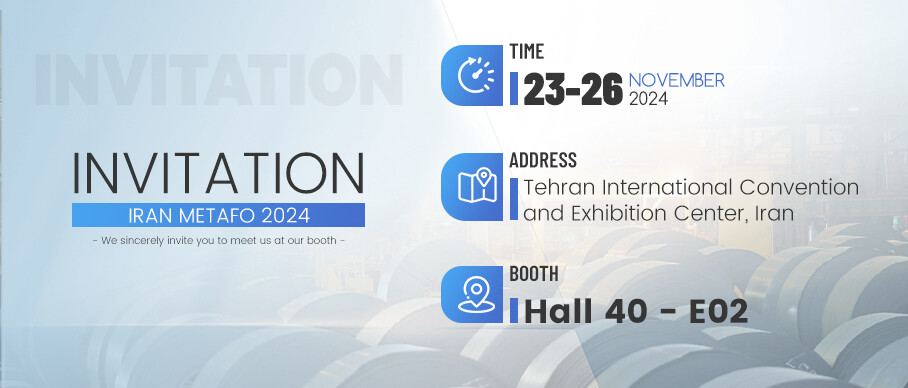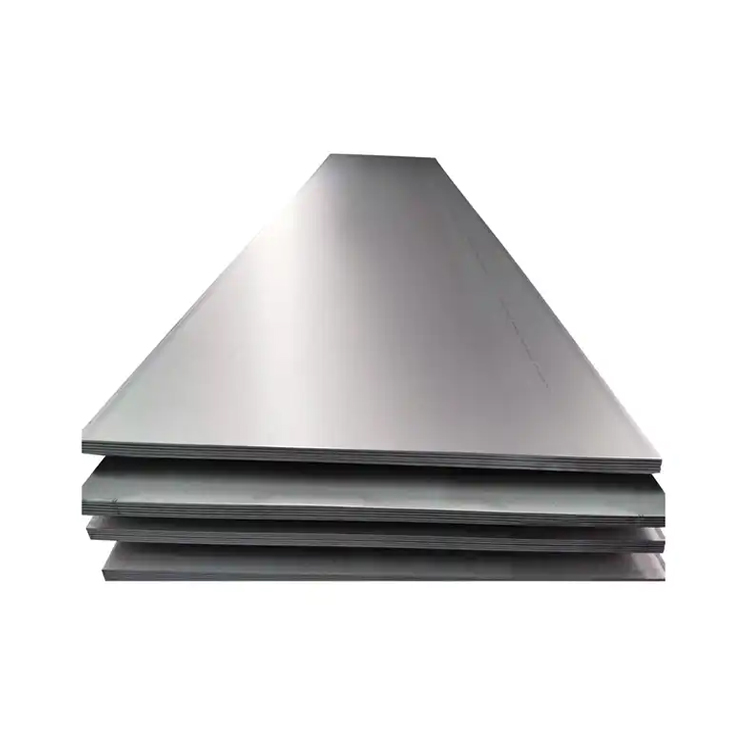/ PRODUCT /
Material Grade: 201/202/304/304l/316/316l/321/309s/310s/410/420/430/904l
Type:Sheet/Plate/Coil/Pipe/Tube/Strip/Angle/Bar/Channel
Certifications: ISO9001,SGS,BV
Size: Customizable
Delivery Time:7 Days
Payment Term: T/T, L/C, WeChat pay, Alipay, etc
Our Own Factory: Competitive price and quality OEM/ODM Quick delivery
Standard Export:Seaworthy Package Suit for all kinds of transport, or as required
Payment Term:T/T, L/C, Western Union, etc
Design Style:customizable
Delivery Time:7 Days
Transportation:By sea or Land transportation
PRODUCT DETAILS

Equivalent Material of 317L Stainless Steel Sheet
Standard Specification Of 317L Plate
317L stainless steel composition content.
317L Stainless steel sheet manufacturer
317 stainless steel, also known as UNS S31700 and Grade 317, is primarily comprised of 18% to 20% chromium and 11% to 15% nickel along with trace amounts of carbon, phosphorus, sulfur, silicon and balanced with iron.
UNS S31700/S31703 commonly known as Stainless Steel 317/317L Dual Certified is the low carbon content version of Stainless Steel 317 for welded structures.
Features and advantages of both Stainless Steel 317 and 317/317L Dual Certified include increased strength, corrosion resistance (including crevice and pitting), higher tensile strength and a higher stress-to-rupture ratio. Both grades resist pitting in acetic and phosphoric acids. With respect to cold working of Stainless Steel 317 and 317/317L Dual Certified, stamping, shearing, drawing and heading can all be successfully performed. In addition, annealing can be performed on both grades between 1850 F and 2050 F, followed by rapid cooling. Furthermore, all common hot working methods are possible with Stainless Steel 317 and 317/317L Dual Certified, between 2100 F and 2300 F.


Corrosion resistance
Demonstrated excellent corrosion resistance in harsh environments including a variety of chemicals, especially in acid chloride environments
Excellent resistance in applications where contamination is desired to be kept to a minimum
Low carbon content makes 317L highly resistant to intergranular corrosion
Counter the tendency to pit when in contact with phosphoric acid, chloride, bromide and iodide
Heat resistance
All chromium nickel molybdenum steels have excellent oxidation resistance
Low scale formation is observed in ordinary atmospheres at temperatures up to 1600-1650°F (871-899°C).
317L Characteristic machining technology

1D -- The surface has discontinuous granular shape, also known as fog surface.
Processing technology: hot rolling + annealing shot peening pickling + cold rolling + annealing pickling.
2D - A slightly silvery white colour.
Processing technology: hot rolling + annealing shot peening pickling + cold rolling + annealing pickling.
2B -- Silver white with better gloss and flatness than a 2D surface.
Processing technology: hot rolling + annealing shot peening pickling + cold rolling + annealing pickling + quenching and tempering rolling.
Ba - Excellent surface gloss, high reflectivity, like a mirror surface.
Processing technology: hot rolling + annealing shot peening pickling + cold rolling + annealing pickling + surface polishing + quenching and tempering rolling.
No.3 -- Good gloss, coarse grain surface.
Processing technology: polishing and tempering rolling for 2D or 2B with 100~120 abrasive materials (JIS R6002).
No.4 -- Good gloss, fine lines on the surface.
Processing process: polishing and tempering rolling for 2D or 2B with 150~180 abrasive materials (JIS R6002).
HL -- Silver grey with hair streaks.
Processing technology: 2D products or 2B products with appropriate granularity of abrasive materials for polishing the surface is a continuous abrasive grain.
MIRRO -- Specular.
Processing technology: 2D products or 2B products with appropriate granularity of the grinding material grinding and polishing to the mirror effect.



+
RELATED RECOMMENDATIONS










